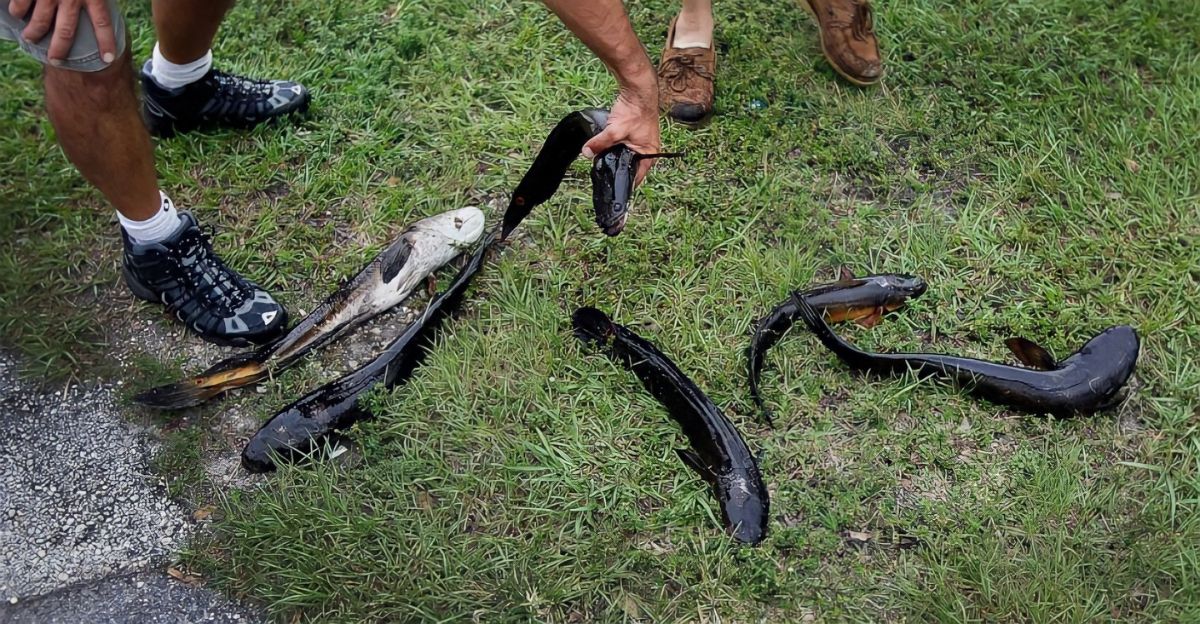
An invasive “fish army” that can live on land is spreading throughout Canada, posing an unprecedented ecological threat. The pond loach, also known as the Oriental Weatherfish (Misgurnus anguillicaudatus), made its first wild appearance in the Maritimes when it was recently discovered in the LaHave River in Nova Scotia. This species can travel across land between bodies of water because, unlike regular fish, it can breathe air and live for extended periods of time out of the water.
Because it contradicts the fundamental belief that fish are restricted to aquatic habitats, this is not only an ecological curiosity but also has the potential to revolutionize the management of invasive species. By successfully rewriting the invasion playbook, the pond loach forces scientists, decision-makers, and the general public to face a new reality in which aquatic invaders can “march” overland and significantly increase their reach.
Insights from Previous Invasions
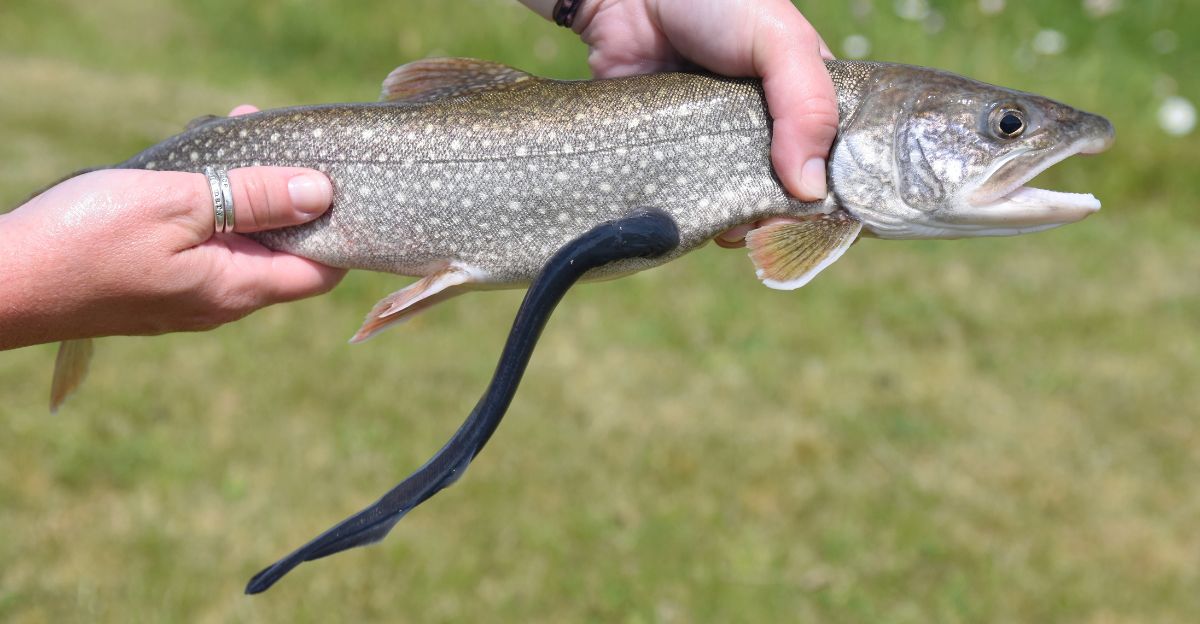
Devastating invasions have plagued Canada’s aquatic history. After entering the Great Lakes in the 1830s, the sea lamprey devastated native fish populations and severely damaged commercial fisheries, resulting in a 98% decrease in lake trout harvests in just 20 years.
The history of invasions also demonstrates how human reactions are frequently reactive, with management initiatives trailing behind the invader’s spread and leading to expensive and occasionally fruitless attempts at containment. Furthermore, we have learned from these invasions that once an invader has established itself, it is almost impossible to eradicate it; instead, the emphasis must be on minimizing damage.
How Fish Walk on Land: The Science

Although it may seem like science fiction, evolutionary biology offers precedent for fish traveling on land. Walking bichir fish research shows that certain fish can acquire a steady, coordinated gait when raised out of water, emulating the evolutionary leap that brought vertebrates onto land 400 million years ago. Because of its elongated, eel-like body and ability to breathe air, the pond loach’s physiology allows it to live and travel across terrestrial environments for brief periods of time.
Researchers speculate that these adaptations might be more common than previously believed, implying that other aquatic species may have latent terrestrial abilities that have been overlooked because of a lack of observation. The behavior of the pond loach provides a living example of transitional evolutionary traits, challenging the conventional division between aquatic and terrestrial life.
How We Inadvertently Facilitate the Invasion

The main cause of the spread of invasive species is still human activity. Intentional or inadvertent aquarium pet releases are a significant pathway; according to one study, more than 10,000 fish from Montréal pet shops are released into the wild each year. Aquatic invaders can travel hundreds or even thousands of kilometers overland thanks to recreational boating, bait bucket dumping, and the transportation of contaminated equipment.
Additionally, as invasive species hitchhike on cars, equipment, and even shoes, the risk is heightened by globalization and increased human mobility. The pond loach can withstand long-distance overland transportation due to its capacity to endure days without water, which expands the geographic area of its invasion.
Ecological Impact: A Series of Repercussions
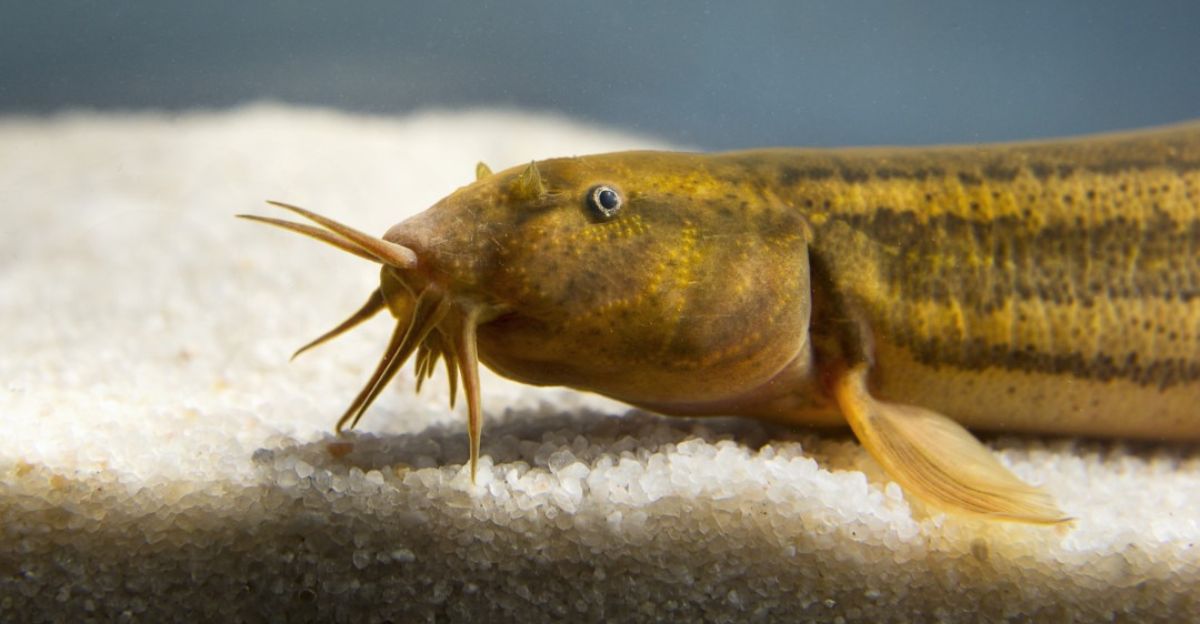
In addition to endangering biodiversity, the invasion of fish that can live on land is also causing ecosystem collapse. Pond loaches reduce the diversity of aquatic insects, bring in new parasites and diseases, and outcompete native species for food and habitat. Because of their quick, asexual reproduction, populations can grow out of control, monopolizing resources and pushing local native species to extinction.
The burrowing habits of pond loaches can also disturb aquatic vegetation and raise sediment turbidity, which further deteriorates habitat quality. Recovery becomes more challenging as a result of the physical modification of habitats, which intensifies biological effects. Additionally, native fish and amphibians are at risk from the introduction of novel parasites carried by the loach, which could lead to disease outbreaks that wipe out vulnerable populations.
Economic Repercussions: The Invisible Expenses

Every year, invasive species cause hundreds of billions of dollars worth of damage worldwide. The financial cost of biofouling and habitat modification in Canada includes lost fisheries, higher water treatment expenses, and costly infrastructure repairs.
Economic forecasting is complicated by the uncertainty surrounding the pond loach’s spread, which makes it challenging for stakeholders and governments to allocate resources effectively. Furthermore, a significant upfront investment may be necessary to meet the potential need for novel control technologies, such as genetic interventions or landscape-scale biosecurity infrastructure. Therefore, the economic narrative goes beyond straightforward damage repair to include long-term strategic planning and innovation, emphasizing the necessity of proactive rather than reactive financial commitments.
A Perfect Storm for Invasion: Climate Change

By changing habitats and reducing ecosystem resistance, climate change makes invasive species a greater threat. Increased weather extremes, shifting water levels, and warmer temperatures open up new habitats for pond loach and other adaptable invaders. The loach’s capacity to endure in low-quality water and move across arid terrain gives it a significant advantage as Canadian habitats become more diverse.
The “fish army” may spread more quickly as a result of the interaction between biological invasion and climate change, making containment even more difficult and posing the risk of irreversible ecological change. The dispersal of aquatic species is typically restricted by drought conditions, which decrease water connectivity.
Strategic Blind Spots and Regulatory Gaps
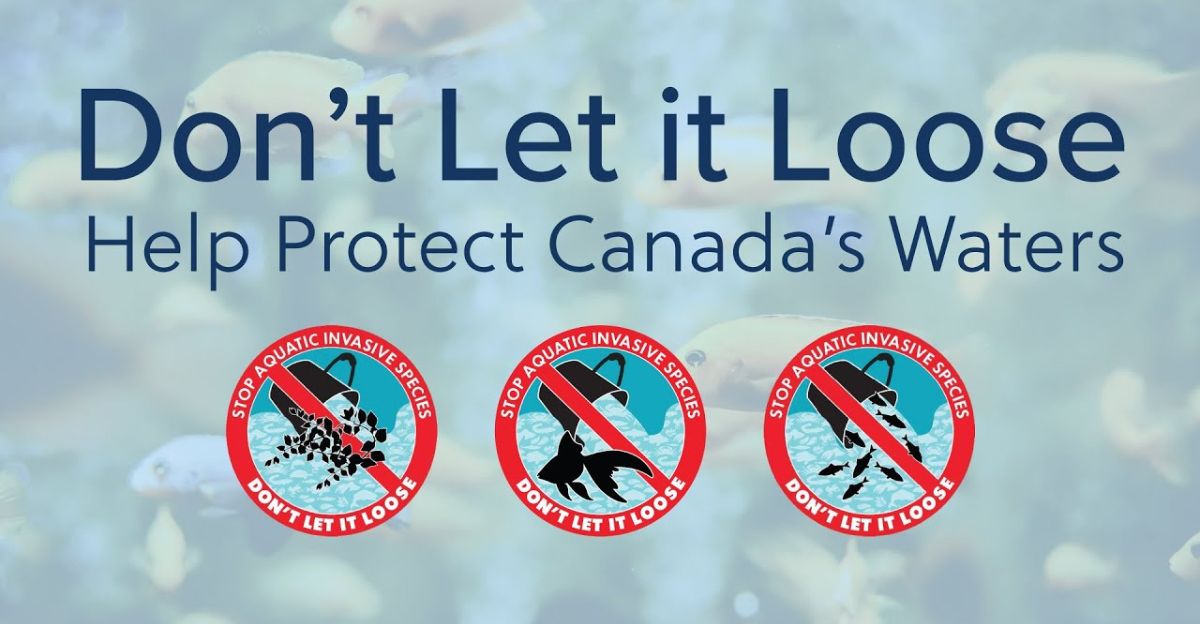
Enforcement of current laws is still sporadic and reactive, even though they forbid the import, possession, and release of listed species, such as Canada’s Aquatic Invasive Species Regulations. The pond loach’s covert introduction through the aquarium trade and its capacity for covert overland migration reveals serious weaknesses in response and surveillance.
Efforts to detect overland movement are further hampered by the absence of standardized protocols. Inadequate funding and inadequate integration of emerging technologies, like remote sensing or environmental DNA (eDNA) surveillance, worsen these blind spots. In order to overcome these obstacles, regulatory reform is necessary, but so is improved interagency cooperation, funding for advanced detection technologies, and active public involvement to foster a culture of alertness and prompt reporting.
Innovative Solutions: Looking Past the Water’s Edge
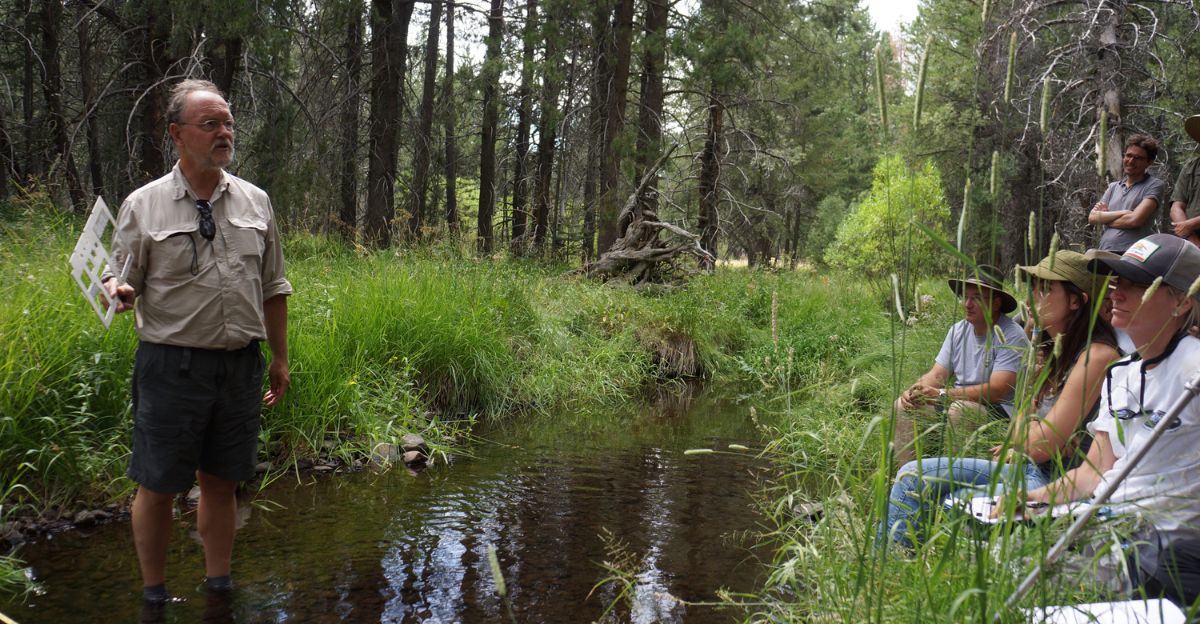
It takes creativity to deal with a “fish army” that is marching across the land. It won’t be enough to use conventional aquatic containment methods like barriers, chemical treatments, and localized eradication. Landscape-level biosecurity measures that authorities must take into account include required boat and equipment decontamination, real-time monitoring of invasive outbreaks, and public education initiatives aimed at anglers and aquarium owners. Although they present ethical and environmental risks, advanced genetic tools like gene drives and targeted sterilization may provide long-term solutions.
Additionally, investigating collaborations with indigenous knowledge holders could provide insightful information about controlling invasive species and managing ecosystems. Because invasive species do not respect political boundaries, the challenge also necessitates international cooperation.
The Unimaginable Comes to Pass
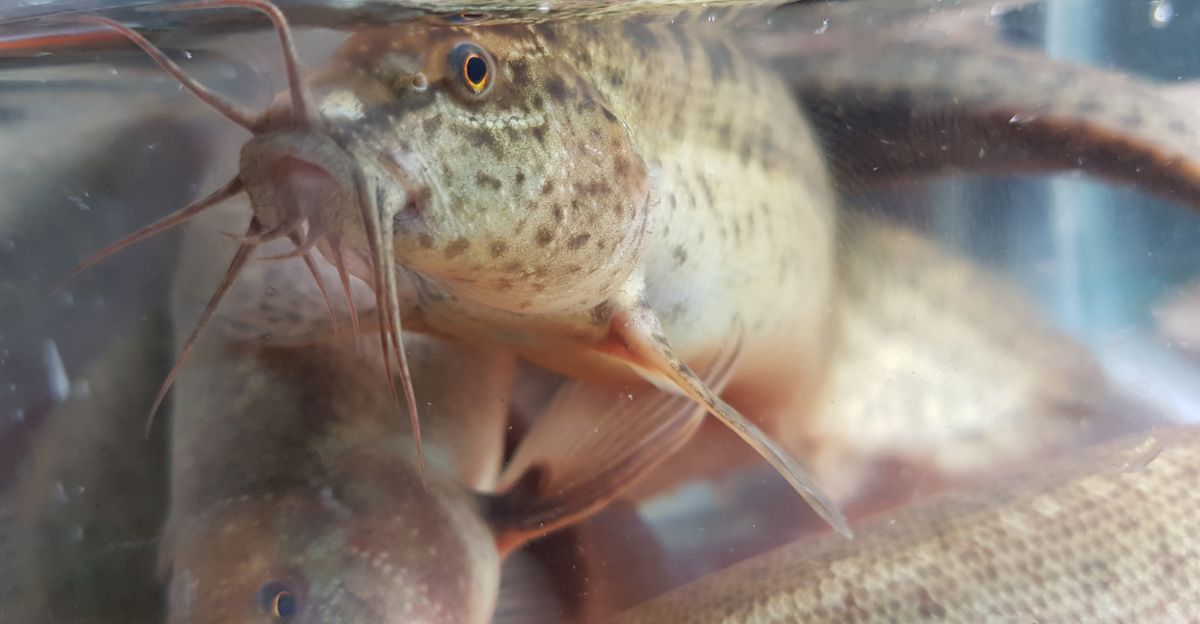
The invasion of Canada by the “fish army” is not a far-off threat; rather, it is an ongoing and growing crisis. The pond loach’s capacity for overland survival and migration ushers in a new era of biological invasion that challenges accepted limits and necessitates a drastic reevaluation of risk.
The only way to keep the unimaginable from becoming the new normal is to take decisive, proactive action. This crisis also serves as a sobering reminder of how humans shape ecological futures, the course of invasions is directly influenced by our decisions, actions, and policies. The march of the pond loach represents a larger issue that ecosystems around the world are facing as a result of rapid environmental change and globalization.







